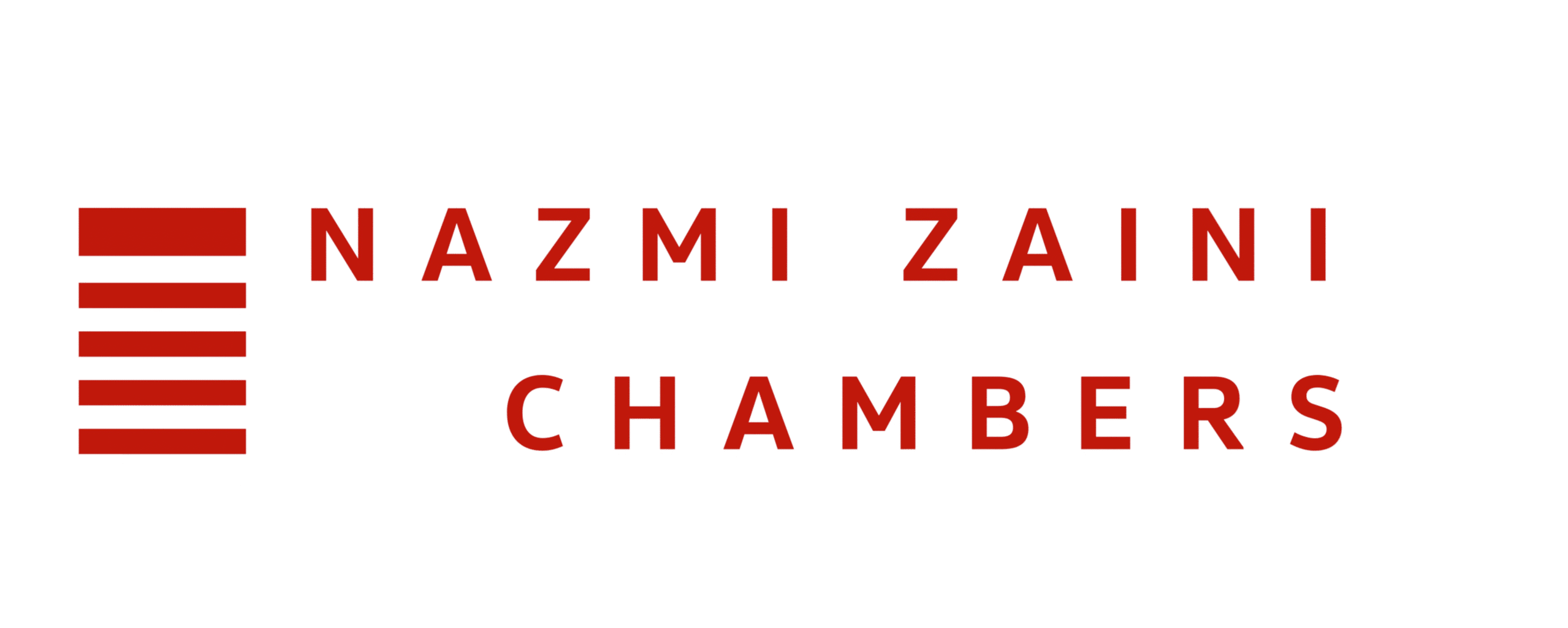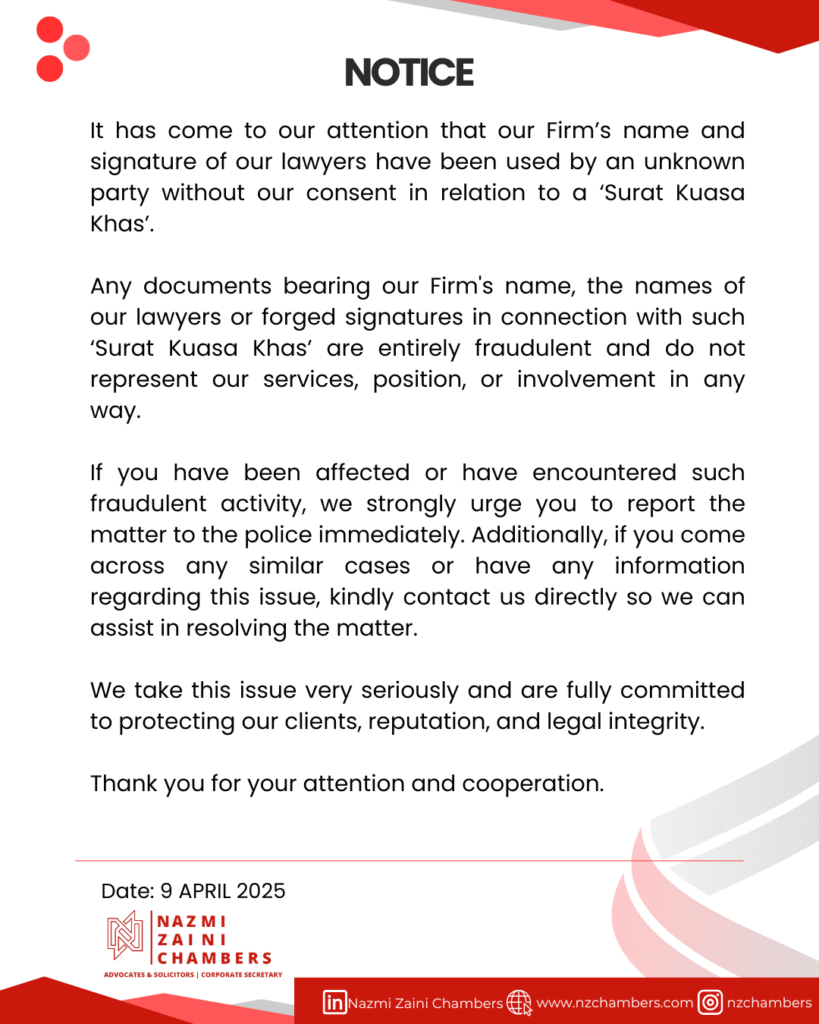Introduction
The Occupational Safety and Health Act 1994 (“OSHA 1994”) was a landmark law aimed at ensuring safety, health and welfare at work. However, with changes in industries and emerging workplace risks, the Occupational Safety and Health (Amendment) Act 2022 (“OSHAA 2022”) was introduced to modernize and enhance the original legislation. These amendments bring significant improvements in employer responsibilities, coverage, penalties, and enforcement mechanisms.
This article aims to explore and bring to light the key amendments in OSHAA 2022 and discuss how they differ from the previous Act, OSHA 1994.
Summary of the Key Amendments
Below is a table comparing the amendments in OSHA 1994[1] and OSHAA 2022[2]:-
| No. | Amendment | OSHA 1994 | OSHAA 2022 |
| 1 | Scope of Application | Limited to specific Industries, excluding the public sector and statutory authorities. | Covers all workplaces, including public sector and statutory authorities, ensuring broader protection |
| 2 | Employer Responsibilities | Responsibilities only applied to direct employers and self-employed individuals. | Extends to principals, making them accountable for contractor safety and mandatory risk assessments. |
| 3 | Employee Rights | No legal provision for employees to refuse unsafe works. | Employees can refuse work in case of imminent danger without penalty and are protected from discrimination. |
| 4 | Penalties for Non-Compliance | Maximum fine of RM50,000.00 with weaker deterrents | Fines increased up to RM500,000.00 with stricter enforcement and imprisonment for severe violations. |
| 5 | Inspection & Certification | Inspections conducted solely by government inspectors, leading to delays. | Introduces licensed third-party inspectors, improving efficiency and reducing backlogs. |
| 6 | Enforcement Mechanisms | Limited oversight with weak enforcement authority, | Expanded authority, including stop-work orders, mandatory notifications and personal liability for directors. |
| 7 | Safety & Health Culture | No structured requirement for training or data collection. | Employers must provide training, occupational health services, and maintain a centralized accident database. |
- Expanded Scope of Application
The amendment[3] extends the application to all workplaces in Malaysia, including the public sector and statutory authorities, removing the previous restrictions. This expansion ensures that no sector is left without regulatory oversight, thereby providing better workplace protections across various industries. This way, the amendment served its purpose in allowing employees to receive equal protection under the act.
The difference is the previous act only applied to specific industries as listed in the First Schedule, which excludes the public sector and statutory authorities. Which left a massive gap amongst employees.
- Increased Employer Responsibilities
The amendment introduced broader responsibilities for employers which include:-
- introduction of “principals”[4], making companies that hire contractors and subcontractors responsible for their safety. This means companies engaging external workers must also ensure their safety and health;
- mandatory risk assessments[5] to identify and mitigate workplace hazards before accidents occur. Employers must actively evaluate their work environment and take preventive measures; and
- emergency response procedures[6] must be established and maintained to ensure readiness for workplace hazards and crises is the duty of an employer[7].
- Enhanced Employee Rights
Employees now have the right to refuse work if they believe they are in imminent danger[8]. This provision is crucial as it empowers workers to safeguard their own health and safety without fear of retribution. Furthermore, employees who report unsafe conditions are now explicitly protected from discrimination or penalties.
Previously the act did not grant employees the right to remove themselves from hazardous work. Employees had to rely on employer discretion, which often led to them to continuously work in dangerous environment.
- Heavier Penalties for Non-Compliance
- General offence penalties increased from RM 50,000 to RM 500,000[9], significantly raising the financial consequences for violations
- Fines for hazardous substances and machinery violations raised from RM 20,000 to RM 200,000[10], emphasizing the importance of compliance in high-risk environments.
- Operating without a certificate of fitness for machinery can result in RM 500,000 fines and up to two years of imprisonment[11].
- Introduction of Licensed Inspecting Bodies
The amendment allows licensed independent inspectors to conduct workplace inspections and issue fitness certificates for workplace machinery[12]. These third-party inspectors bring in additional oversight and specialized expertise, making the inspection process more thorough and objective. We no longer need to rely solely on government inspectors, which often led to delays in workplace safety in the past.
- Strengthened Enforcement Mechanisms
- Occupational safety officers now have expanded authority to issue stop-work orders when they detect serious safety violations[13]. This measure ensures that unsafe work conditions are halted immediately;
- Employers must notify authorities before operating new workplaces, ensuring that safety compliance is verified from the beginning[14]; and
- Directors and corporate officers can be personally held liable for workplace safety violations, placing greater responsibility on top management to enforce safety measures[15].
- Promotion of Safety and Health Culture
Employers must provide safety training for employees to ensure they understand and comply with workplace safety measures[16]. Occupational health services are encouraged, including regular health checkups for workers in high-risk environments. Therefore, a centralised database for tracking accidents and hazards will be developed, allowing authorities to monitor and analyse safety trends.
OSHA 1994 lacked structured training and data collection requirements. Employers were not required to provide consistent safety training, leading to a lack of awareness among workers.
Conclusion
OSHAA 2022 represents a significant upgrade over OSHA 1994, bringing Malaysia’s workplace safety laws in line with global standards. By expanding legal coverage, increasing penalties, enhancing enforcement, and prioritising employee rights, the amendments create a safer and more accountable working environment. Employers must now take proactive steps to comply with the new law.
If you have any questions, please contact our Advisory & Compliance Partner, Mr. Afif Che Had (afif@nzchambers.com), or our Pupil-in-Chambers, Wan Tasnima, for further guidance.
Authors:
- Afif Che Had
- Ms. Wan Tasnima
References:
[1] Occupational Safety and Health Act 1994
[2] Occupational Safety and Health (Amendment) Act 2022
[3] Ibid., Section 1
[4] Ibid., Section 18A
[5] Ibid., Section 18B
[6] Ibid., Section 15
[7] Ibid., Section 16
[8] Ibid., Section 26A
[9] Ibid., Section19
[10] Ibid., Section 23
[11] Ibid., Section 27D
[12] Ibid., Section 7
[13] Ibid., Section 5
[14] Ibid., Section 27A
[15] Ibid., Section 27C
[16] Ibid., Section 11
Published Date: 19 March 2025






